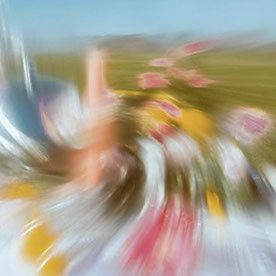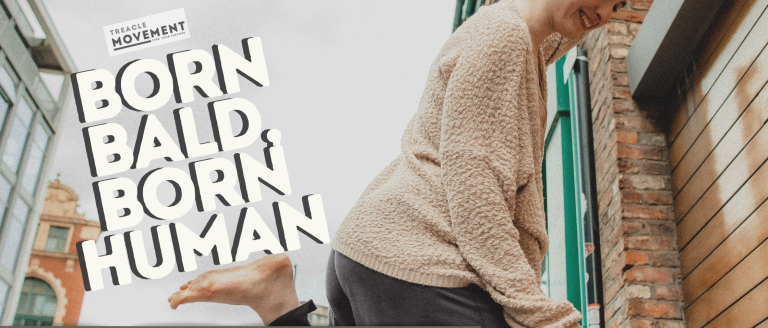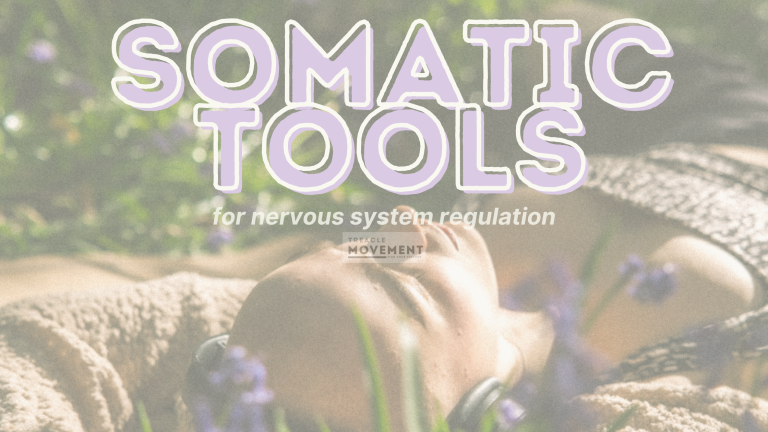Why Embodiment is Activism
In a world that often pulls us away from ourselves—through constant stimulation, societal expectations, and the rush of daily life—choosing to return to our bodies is a radical act. It’s a quiet rebellion against disconnection, a stand for presence, and a step toward collective healing.
The Body as a Site of Resistance
Our bodies carry stories—of joy, pain, resilience, and everything in between. They remember experiences we’ve long forgotten, holding onto tensions and traumas that words can’t always express. By tuning into our bodily sensations, we begin to unravel these narratives, offering space for understanding and release.
This act of listening inwardly challenges the external narratives that often dictate how we should feel, move, or exist. It’s a reclamation of agency, allowing us to define our experiences on our own terms.
From Personal to Collective
Embodiment isn’t just a personal journey; it’s inherently political. When we become attuned to our own bodies, we also become more sensitive to the bodies around us—their struggles, their stories, their needs. This heightened awareness fosters empathy, breaking down barriers and building bridges.
Moreover, by addressing and healing our own embodied traumas, we disrupt cycles of harm that can ripple through communities. Our personal journey contributes to a collective shift toward compassion and understanding.
Practices That Ground and Empower
Engaging in somatic practices—like mindful movement, breathwork, or simply pausing to feel—anchors us in the present moment. These practices don’t require perfection; they invite curiosity. They ask: What am I feeling right now? Where do I notice tension? What does ease feel like?
By regularly checking in with ourselves, we cultivate a sense of safety and trust within. This internal stability empowers us to navigate external challenges with greater resilience and clarity.
Embodiment as a Daily Choice
Choosing embodiment is choosing to be present—not just in moments of stillness, but amidst the chaos. It’s recognising when we’re overwhelmed and offering ourselves grace. It’s noticing joy and allowing ourselves to fully experience it.
Each time we make this choice, we affirm our humanity. We send a message—to ourselves and to the world—that being fully alive, in all our sensations and emotions, is not only acceptable but necessary.
Embodiment is more than a practice; it’s a form of activism. By turning inward, we challenge systems that benefit from our disconnection. We pave the way for a more compassionate, connected world—one breath, one sensation, one moment at a time.
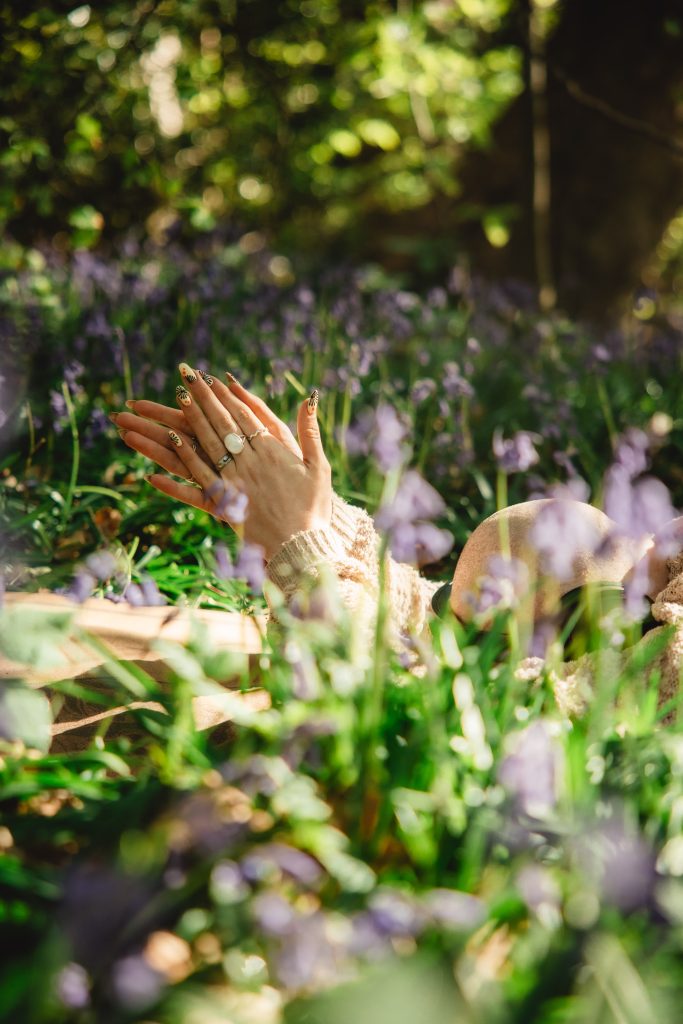
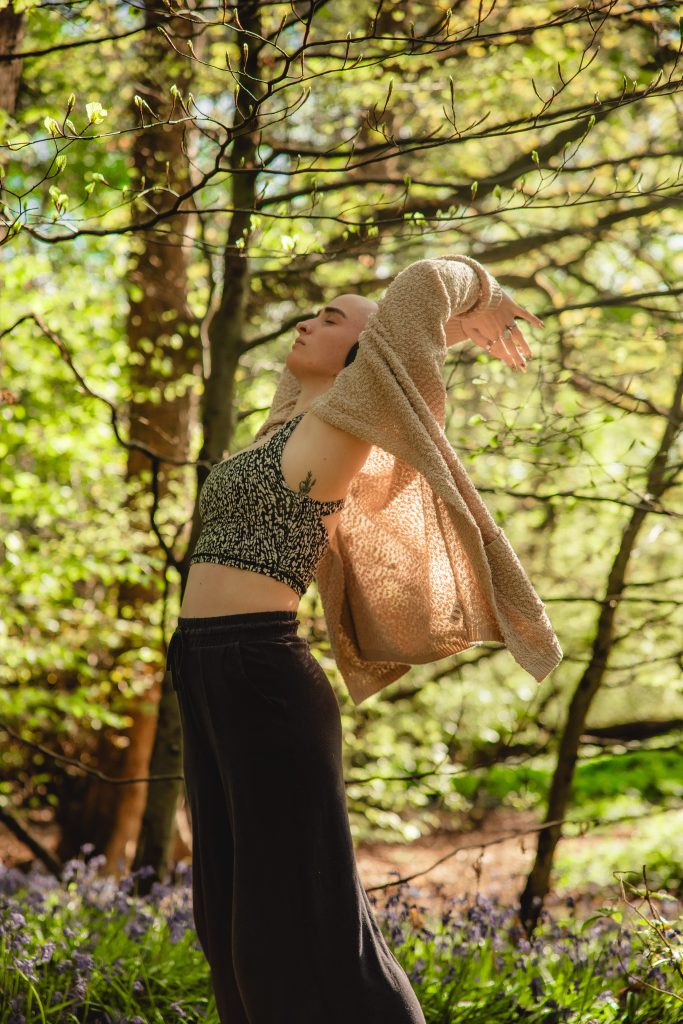

ONE BREATH, ONE SENSATION, ONE MOMENT AT A TIME
It’s how we speak, love, rest, create, express, play, and show up in the world.
Embodiment brings us into cycles of action and integration—so we’re not constantly “doing” but also “being.”
EVERYDAY ACTS OF EMBODIED RESISTANCE –
- Listening to your body’s no—and honouring it.
- Setting boundaries not from fear, but from rooted self-awareness.
- Allowing yourself to feel joy, grief, rage, and everything in between—without shame.
- Creating rituals that restore, not just routines that sustain.
- Bringing presence into your parenting, your friendships, your community care.

Sensation as truth:
Our bodies often register what’s real before the mind can intellectualise it.

Sensations as signals:
Instead of by-passing or overriding discomfort, we can treat sensations as messengers—not problems to solve.
When we choose to be present with ourselves—when we let our bodies lead—we’re unravelling the conditioning that says our worth is tied to our productivity, our performance, our pain tolerance.
This is how we build a different world: one body at a time.


